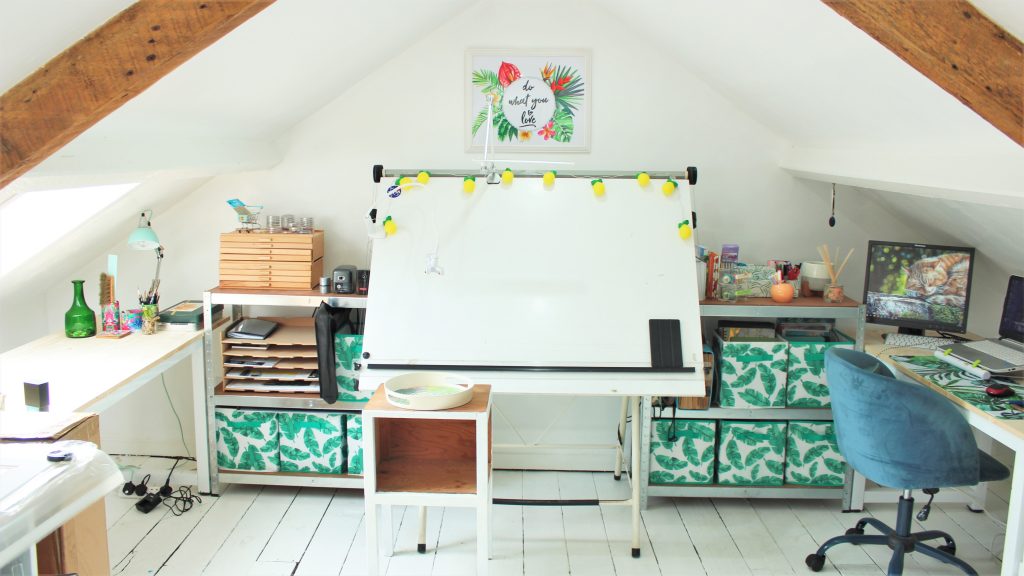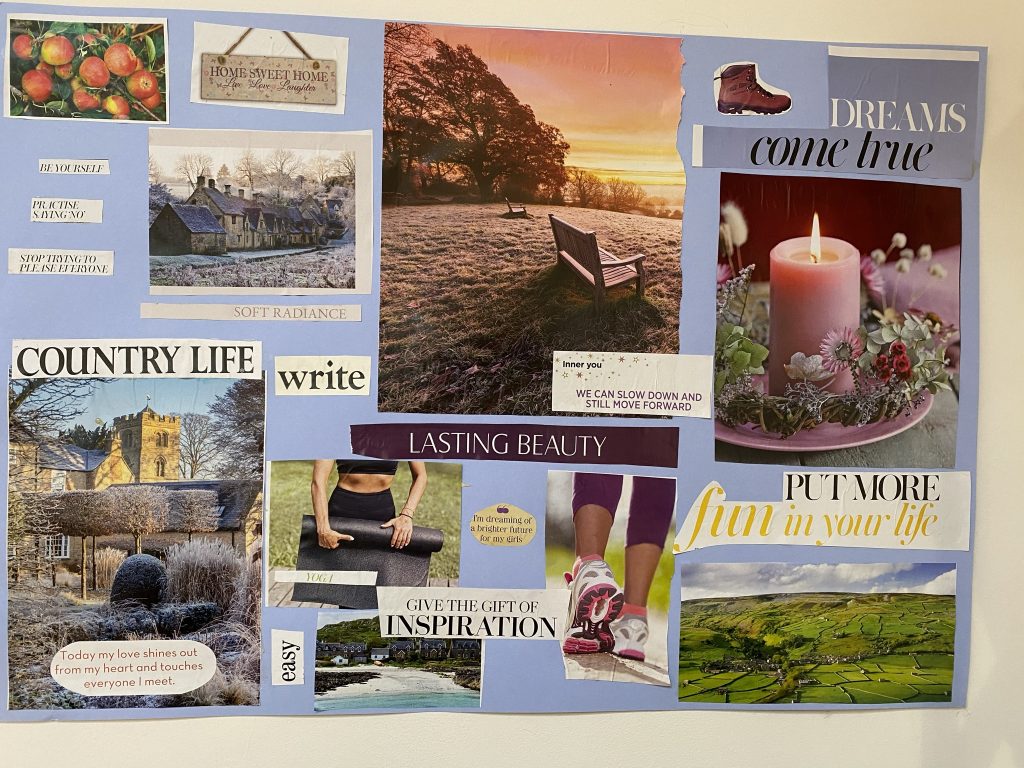There’s lots of information out there about getting started in private practice. You can find out what to do about writing a contract, getting insurance, and advertising for clients. But what if you know what to do but you’re stuck?
Perhaps you’re thinking about creating something new in your private practice. Perhaps you’d like to start group work, teach a course, or write a book. It’s something you’d love to do, but you can’t get started.
So what do you do to really get going?
It’s time to harness the power of your imagination.

Photo by Tetiana SHYSHKINA on Unsplash
Create your vision
The first step to starting out is to know where you want to go.
Maybe that sounds obvious – but honestly, why are you seeking to start something?
Is it what you want, or:
- does it seem a good idea because everyone else is doing it?
- are you doing it because you have been advised to do it that way?
- it is more comfortable like this? Will choosing differently make you stand out?
Sometimes when you’re looking around for answers, you’re looking outside yourself. How about going inside yourself instead?
How about you having a conversation with you?
How about you asking yourself what it is you really want? Don’t listen to what anyone else tells you. You work out what it is you want in your life and how you want to live it.
Use Your Imagination
60% of the brain is visual. This is not only the sensory information coming from sight, but also the human ability to imagine. You can use your visual processing power to motivate yourself.
A visual reminder of what is really important to you will help you to focus. It will help you to “keep your eye on the ball”. You’ll remember why it is you are tackling something difficult – because you see the end result right in front of you.
That is why Vision Boards can make a difference to your progress.

Photo by Sema Martin on Unsplash
How to Create a Vision Board
Set Aside Some Time
You’ll need a few hours for this creative process but you can break it down into several sections. The first task is to ask yourself three questions.
1. Who Do You Want to Be?
This is not just about roles, e.g., “counsellor”, “therapist”, “mum” but also how you want to be.
Use “I am” statements, for example:
- I am committed to my business and consistent
- I am a reliable friend
- I am calm and generous
2. What Do You Want to Do?
This can be anything. Don’t limit yourself to your work role. It could be travel, having a baby, learning a new skill.
3. What Do You Want to Have?
This last question can be difficult, especially if you were socialised to believe wanting was wrong.
I was told “I want, never gets” when I was a child. It’s one of the things that can make people feel bad or guilty for answering this question honestly.
However, without having a dream, you’re limiting yourself. Nothing bad is going to happen if you dream. Perhaps it is time to challenge those old beliefs.
So, go wild here. Be really honest with yourself. Be open to inspiration and see the results.
Looking for more help and support with growing your therapy work? Ask me about The Therapy Growth Group.

Josephine’s 2021 Vision Board
Slow Down
Collect Resources
The next step is to collect the materials for your vision board. You’ll need a large piece of card, scissors, glue and a range of magazines (or access to Pinterest).
When you’re ready, take some time to sit and slow down.
Feel your feet on the ground, your bottom on the chair, your hands in your lap. You may like to have some relaxing music playing and the smell of a scented candle.
Breathe deeply for a few minutes.
Then, when you’re ready, start looking through the magazines for pictures and words that represent your “Be, Do, Have” thoughts. Try not to think about them too deeply, respond from your heart.
They don’t have to be exactly what you’re imagining. It may be that they summarise a feeling. Or even that they speak to you in a way you don’t entirely understand.
Collate the Vision
You may not finish your vision board in one go. Be prepared to come back and find more pictures and words that speak to you. When you’re ready, stick them on your card.
Display Your Board
You’ll have created something that comes from your heart. You have listened to you. Your board is a powerful message for your future.
So put your vision board where you can see it. It will remind you of your dreams and the way you want to feel. It will help you to focus on where you want to go.
It is the first step to get you started.
Next week’s blog will talk about helping you to decide what your private practice will look like and how to go about creating it.
Need more help and support in creating your dream? Have you considered joining The Therapy Growth Group?
Contact me for more information.
The information contained above is provided for information purposes only. The contents of this article are not intended to amount to advice and you should not rely on any of the contents of this article. Professional advice should be obtained before taking or refraining from taking any action as a result of the contents of this article. Josephine disclaims all liability and responsibility arising from any reliance placed on any of the contents of this article.

